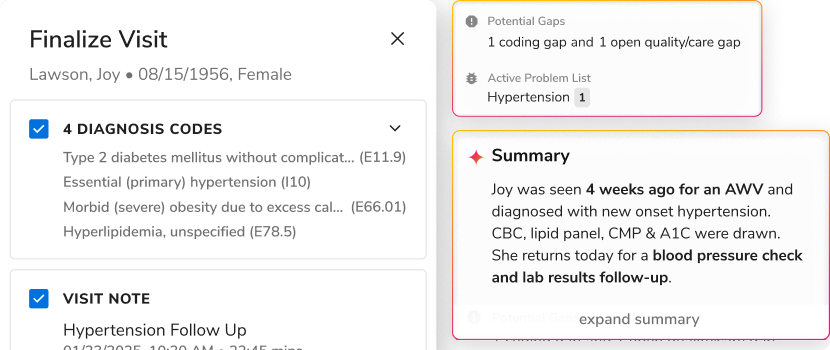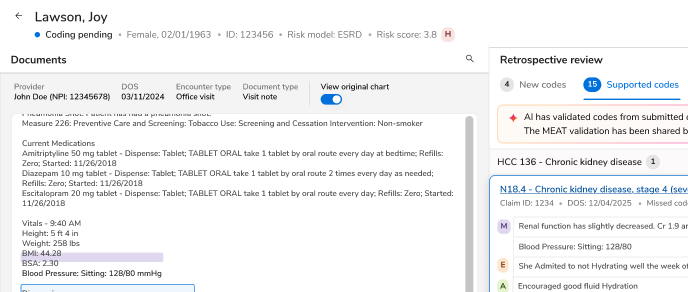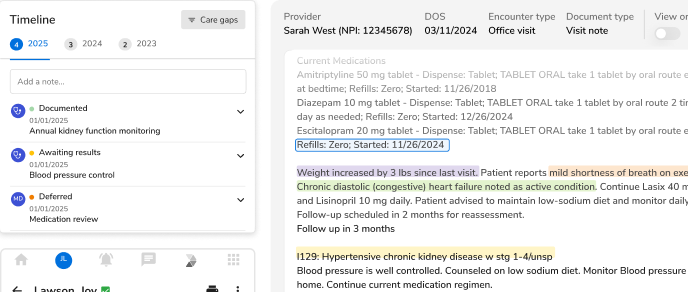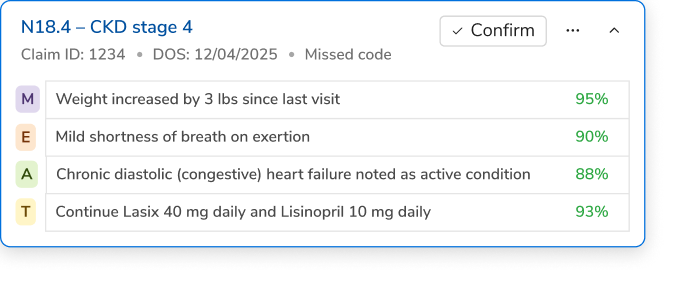What the Pandemic Teaches Us about the Future of Healthcare

The global pandemic is teaching us some invaluable lessons. As we recently heard in a discussion with Julie Fowler Smith, Banner Health, and Rakesh Mathew, Sogeti, they’ve taken stock of those lessons and are now navigating a smarter way forward.
Here are four takeaways from the pandemic that will serve healthcare IT leaders well as we brace for the next wave of variant infections--and head into the brighter future beyond.
1. Virtualization is vital
Julie and Rakesh told us they couldn’t have done what they needed to do during the pandemic without engaging virtually. And that means they needed data, support and visibility into the patient across all touchpoints. In fact, many providers and clinicians have just learned how much they can achieve with remote visits. It’s an opportunity we’re just beginning to explore. In fact, approximately $250 billion of all current U.S. healthcare spend could be virtualized.
2. Clinical decision support takes center stage
3. Patient data is the new center of gravity
The pandemic also refocused each and every one of us on our health. It’s only accelerated the adoption of wearable devices, health and wellness apps, and the digitization of wellness, overall. We’re entering into an incredible era for healthcare innovation—one in which patient data is rapidly becoming the new center of gravity for all health IT systems. A new “healthcare singularity” is emerging in which data concerning our health becomes universally usable and actionable. And the providers, payers and clinicians who thrive in a post-pandemic world will be the ones who learn how to tap into that singularity and leverage it to boost patient care, provider efficiency and effectiveness, and financial performance.
But in order to make this kind of utopian patient experience the new norm, not the exception, there’s still a fair amount of work to be done.
4. The industry’s on a quest for data activation
This incredible future depends on making patient information as available, useful and actionable to everyone who provides care. And that’s only possible with a platform for data activation that’s grounded in universally usable patient data. During the pandemic, organizations who prioritized the deployment of data activation platforms were able to power applications that supported their patients’ well-being across all points of care, even in the worst of circumstances.
In the case of Banner, their data activation platform allowed them to accelerate the frequency of patient data updates from two days to one hour. This also meant they were able to let people know where shots were available and from which manufacturer, as well as analyze which patients were taking advantage of the vaccines and which ones were still at risk. As a result, Banner saw $4 million in savings from rationalizing various population health solutions. They were able to support a care management network serving more than 1 million patients. They saw a 70% reduction in IT infrastructure costs by moving to Innovaccer’s SaaS-based model. And most importantly, they gained a 360-degree view of all patient data across all applications and platforms, meaning the sky’s the limit for future healthcare innovations.
This is the new quest--the quest for patient data activation. And the incredible results Banner and Sogeti have seen are just the beginning.
To learn more about what the pandemic has to teach healthcare IT leaders, check out our conversation with Banner and Sogeti here.

.png)





.png)









.svg)
.svg)

.svg)

